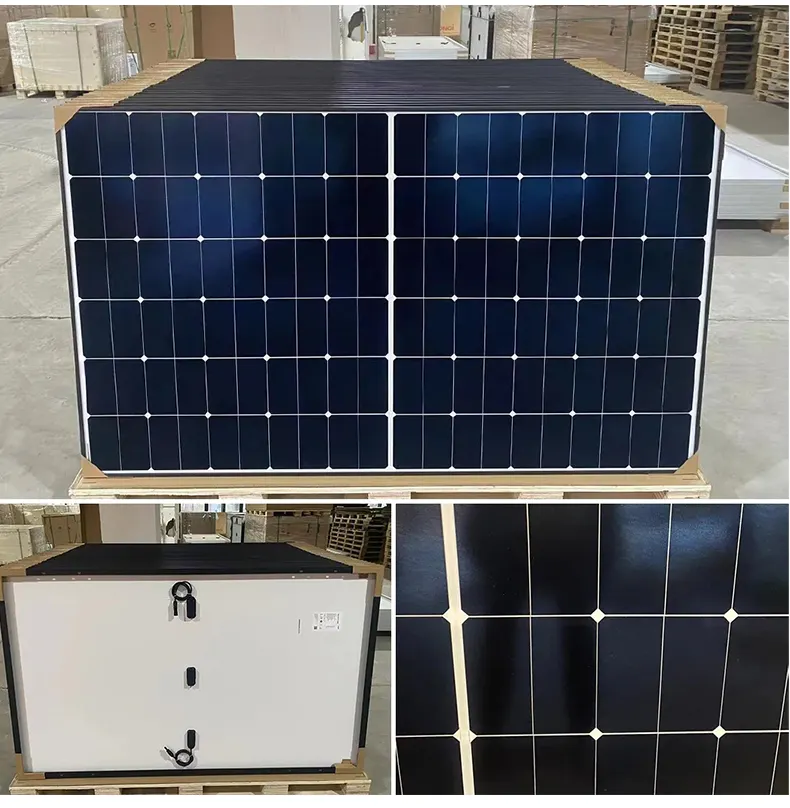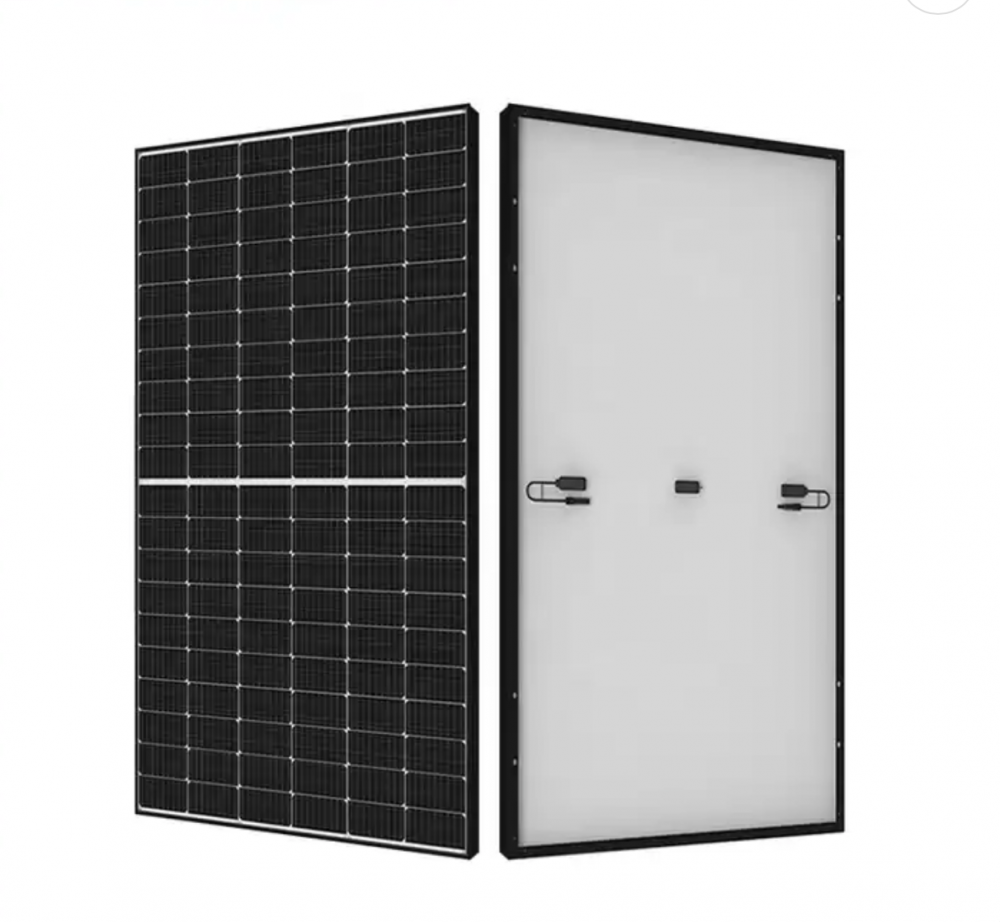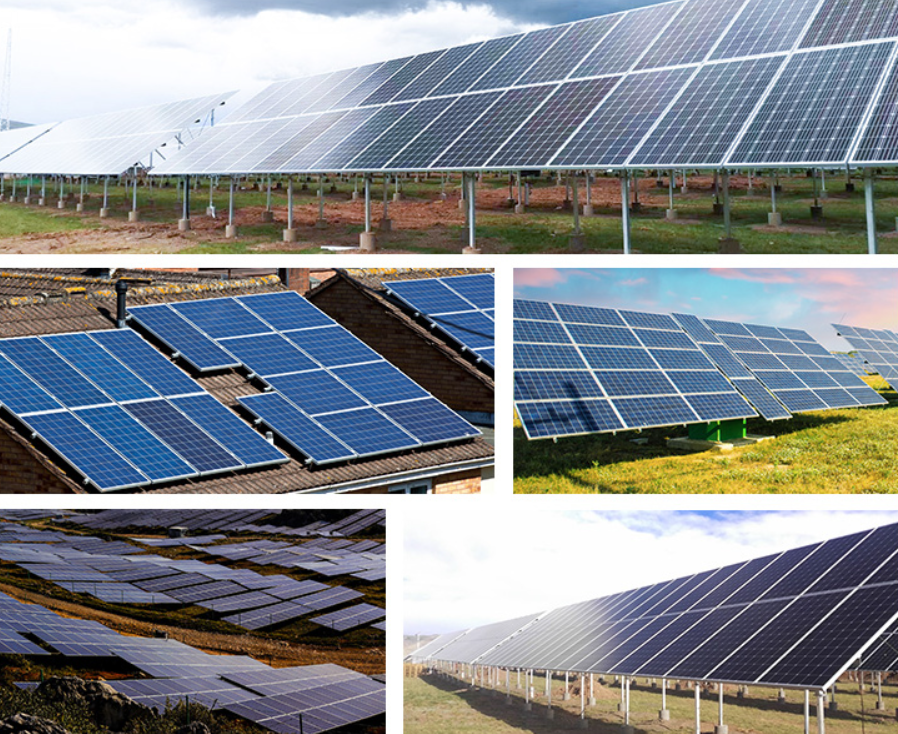In the videos you often see of self-driving cars, it's rare to witness them operating in rainy conditions. The roads are usually dry, and there are no visible rain clouds in the sky. This is because most autonomous vehicles today struggle with driving in the rain. According to the National Highway Traffic Safety Administration (NHTSA), nearly half of all weather-related traffic accidents in the U.S. occur on rainy days—around 46%. Rain creates additional challenges for drivers, and even more so for artificial intelligence systems that manage autonomous vehicles.
As we’ve seen this year, heavy rain has affected many parts of the country. It’s clear that we need self-driving cars that can function reliably even in wet conditions. At the CyberneTIc Self-Driving Car Institute, we're actively working to enhance AI capabilities so that driverless cars can navigate rainy environments safely and effectively.
For Level 5 autonomous vehicles—those that can drive as well as a human—our goal is for the AI to make real-time decisions based on rainy conditions. For Level 4 vehicles, which still require some human intervention, the AI may not always be able to drive in the rain. If it encounters difficulties, it should hand control over to a human driver. However, this transition can be risky. In severe downpours, an autonomous car might lose control, and handing over to a human doesn’t always guarantee safety. Drivers may not have enough time to react or may not know how to handle the situation.
So, what makes driving a self-driving car so challenging in the rain? Let’s break it down.
**Road Surface**
Rain makes the road surface slippery, reducing tire traction. The AI must detect wet conditions and adjust accordingly—whether turning smoothly, accelerating from a stop, or braking safely. If the system misjudges the grip, it could lead to skidding, loss of control, or even collisions.
**Hydroplaning**
This occurs when a layer of water builds up between the tires and the road, making the vehicle feel like it's floating. AI needs to detect this and activate hydroplaning mode, which includes slowing down, avoiding sudden braking, and carefully handling turns. It also needs to assess its surroundings to avoid hitting other vehicles or obstacles.
**Puddles and Obstacles**
Puddles can hide potholes or other hazards that could damage the car or confuse the sensors. Detecting and avoiding these requires advanced perception systems. AI must determine the depth of water and decide whether to change lanes or take alternative routes.
**Staying in the Middle of the Road**
Most roads are designed to channel water toward the edges. So, the AI will try to stay in the center or higher part of the road to avoid flooded areas. However, this isn't always the best choice, as one side of the road might be safer depending on the situation.
**Driving Mode in Rain**
When it rains, the AI typically reduces speed by about a third. For example, if the normal speed is 55 mph, it would aim for around 40 mph. It also increases following distance and ensures headlights are on to improve visibility and alert other drivers.
**Preparation for Rainy Days**
Before driving in the rain, the AI checks tire pressure and tread depth. It also runs sensor diagnostics to ensure cameras, lidar, and other systems are functioning properly. Some companies are developing special wipers and heating systems to keep sensors clean and clear.
**Route Planning**
Rainy weather can flood certain roads, so the AI must plan alternate routes. A normally fast route might become impassable, forcing the car to take a longer path to avoid danger.
**Vehicle Control Systems**
The AI must understand and use features like traction control, anti-lock brakes, and stability systems. These are essential for safe driving in wet conditions and must be activated appropriately.
**Sensors in the Rain**
Cameras can become fogged or distorted by rain, making it harder for the AI to interpret the environment. Lidar, which uses laser pulses, can also be affected by raindrops that scatter the signal. AI must rely on multiple sensor inputs and be trained to handle degraded image quality.
**Human Drivers on the Road**
Autonomous vehicles won’t be alone on the road. They’ll share the streets with human-driven cars, which can behave unpredictably in the rain. AI must anticipate erratic behavior, such as sudden lane changes or reckless driving.
**Field Driving Challenges**
On highways, where traffic is dense, the AI must maintain control while avoiding potential hazards. Changing lanes in the rain is riskier, and following large vehicles like trucks can be dangerous due to water splashes.
In short, driving in the rain is a complex challenge for self-driving cars. It requires advanced AI, reliable sensors, and careful planning. As technology continues to evolve, we’re getting closer to making autonomous vehicles truly ready for any weather condition.
Customized Solar Panel
Customized Solar Panel, 100watt solar panel,200watt solar panel, big solar panel, high efficiency high quality solar modules
different power customized and OEM logo customized solar panel
Customized solar panel data
|
solar cell type
|
mono crystalline half cut cell
|
|
power range
|
50watt to max 700watt
|
|
size and weight
|
different size and different weight if the power is different
|
|
solar panel type
|
monofacial or bifacial
|
|
solar panel color
|
sliver or black
|
Product details and pic



Customized Solar Panel,Noncrystalline Solar Panel Module,Cheap Price Pv Solar Module,Solar Photovoltaic Pv Panel
PLIER(Suzhou) Photovoltaic Technology Co., Ltd. , https://www.pliersolar.com


